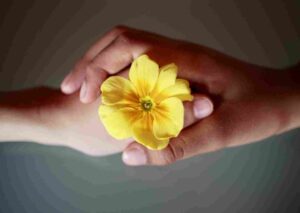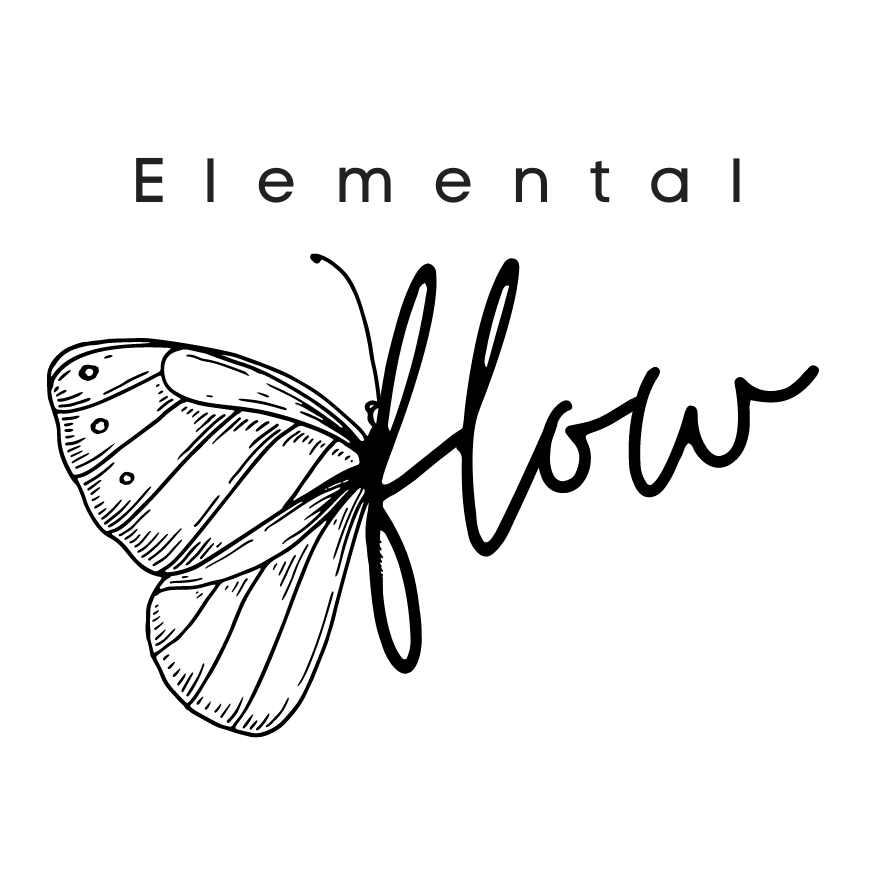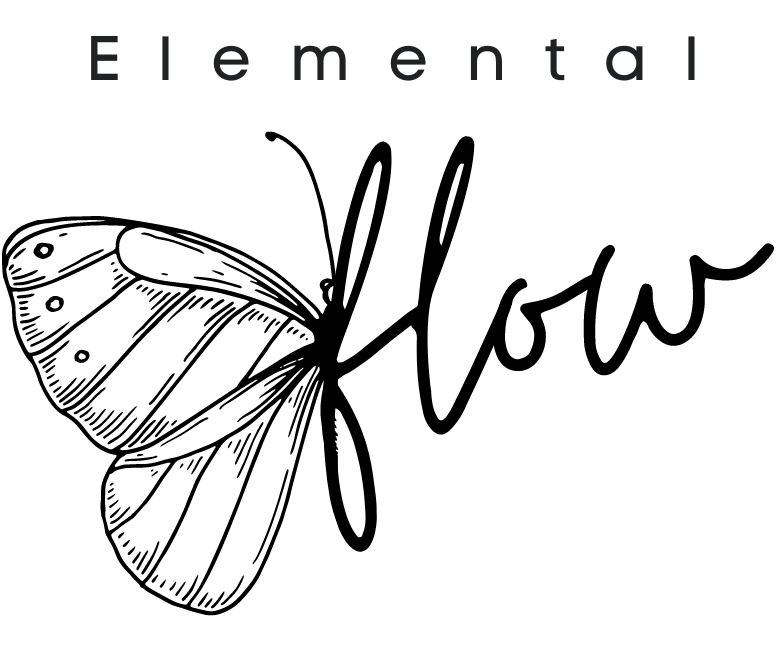Your cart is currently empty!
BCST - Biodynamic Craniosacral Therapy
Biodynamic Craniosacral Therapy (BCST) is a gentle, touch based therapy that works with the bodies innate health to overcome trauma, overwhelm, tensions and pain.
Wonderfully effective in supporting embodiment, this body/mind therapy can enhance tissue and fluid functions, promote the activation of the parasympathetic nervous system (the ‘rest and digest’ functions) and facilitate the release of stored emotional trauma.
BCST’s gentle, noninvasive approach makes it suitable for individuals of all ages, from newborns to the elderly and can address a wide range of physical, emotional, and psychological conditions.
How does BCST work?
The power of your bodies wisdom combined with trust and touch.
Biodynamic Craniosacral Therapy focuses on the body’s natural ability to heal and maintain equilibrium. Here’s how it connects with innate health..
- gentle touch regulates the nervous system, decreasing heart rate and blood pressure, improving mood and boosting the immune function
- the therapists sensing/feeling of the fascia, muscles, fluids, energy, and subtle rhythms facilitates the bodies release of tension and restrictions
- there is no pressure to change or fix the body
- the body is allowed to express itself fully
- a deep sense of connection forms from this acceptance, space and listening
The MAgic
In this combination of gentleness fostering safety and perceptive touch prompting self awareness, the client enters a state reminiscent of the womb, where the body’s full health and vitality flow. All of these elements create the perfect condition for the body and mind its own health and intelligence to act and flow.
Root causes of imbalance, such as patterns of tension, trauma, and pain, may arise and be released in a balanced and regulated manner. The tissues and fluids release and the mind can regulate strong emotions and habits.
What can BCST assist with?
BCST can help alleviate a variety of conditions including chronic pain, stress, anxiety, and trauma.
It supports the nervous system, enhances emotional well-being, and promotes deep relaxation and resilience.
Clients often report feeling more balanced, centred, and in tune with their bodies.



Emotional
- Stress and Anxiety
- Trauma and PTSD
- Sleep Disorders
- Emotional and Psychological Difficulties
Physical
- Chronic Pain
- Headaches and Migraine
- Digestive Issues
- Immune System Support
- TMJ Disorders
- Sinus and Respiratory Problems
Mother and Baby
- Pre and Postnatal Care
- Hormonal Imbalances
- Menopause
- Menstrual Issues
- Babies and Children
What happens in a Biodynamic Craniosacral Treatment?
After an initial consultation the therapist makes contact with a very light pressure, placing their hands on various parts of your body, often sarting at the feet.
The session is typically conducted in a quiet, relaxing environment to help you achieve a state of deep relaxation.
People have a wide variety of experiences on the table and each session is unique.
- Relaxation: Many people feel deeply relaxed during and after a BCST session.
- Warmth: A sense of warmth or heat in certain areas of the body where the therapist is working.
- Tingling: Some people report tingling sensations or a feeling of energy moving through their body.
- Emotional Release: It’s possible to experience emotional releases, such as feeling a sudden sense of relief or even tears, however it is characteristic of BCST that strong catharsis is not common.
- Subtle Movements: You may notice subtle movements or adjustments happening in your body, as if it’s gently realigning itself.
After the session, the therapist will give you a few minutes to rest and integrate the experience before getting up.
The therapist may ask if you would like to share anything from the treatment session and will discuss any observations and provide feedback or recommendations for follow-up care.
You might feel relaxed, energised, or experience continued shifts in your physical or emotional state in the days following the treatment.




